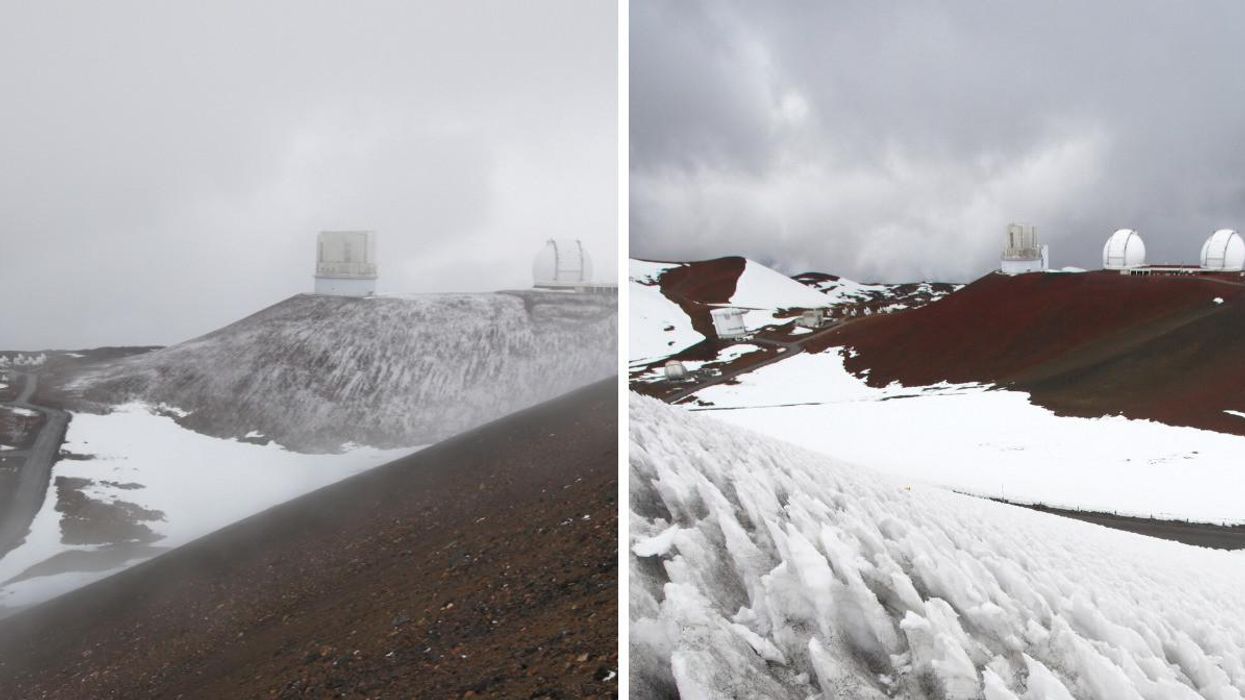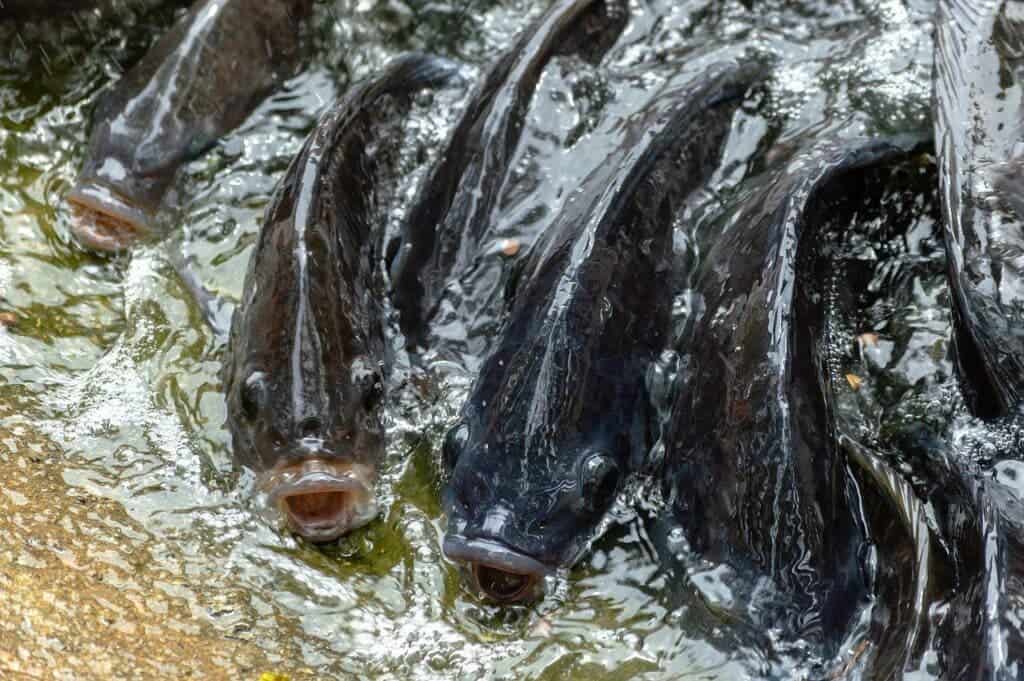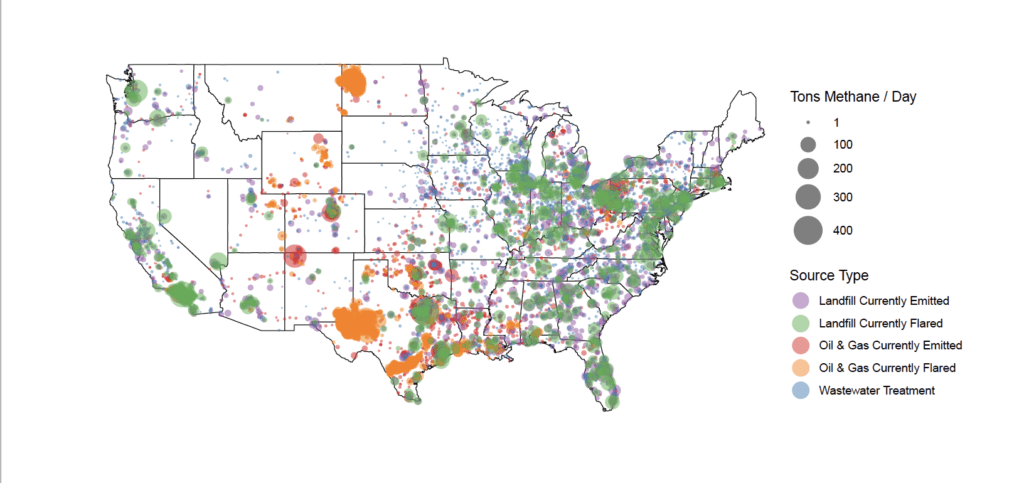Hawaii Is Under A Blizzard Warning & The Weather Forecast Calls For A Foot Of Snow
Winter is coming for Hawaii 😭

George Burba | Dreamstime
Josh Elliott
December 03, 2021
Part of Hawaii is under a blizzard warning. Really.
The National Weather Service (NWS) warns that high winds and heavy snow are coming for the Big Island summits, and things could get pretty nasty over the weekend.
Up to 12 inches of snow are expected to fall in the area from Friday evening until Sunday morning, according to the NWS.
Wind gusts are also expected at speeds of up to 100 miles per hour.
“Travel could be very difficult to impossible,” the warning says. “Blowing snow will significantly reduce visibility at times, with periods of zero visibility.”
The weather agency adds that the strong winds will “likely cause significant drifting snow.”
The news will likely not delight vacationers who are trying to escape the frigid winter weather this December, especially since the NWS is recommending that people stay indoors during the storm.
Story continues below
“Travel should be restricted to emergencies only,” it said. “If you must travel, have a winter survival kit with you. If you get stranded, stay with your vehicle."
Hawaii is known to get snow a few times a year, according to the South Kohala Management tourism site.
The summits of the island's volcanos typically get the worst of it, with 8 inches forecast in 2017.
But it's not all bad. The bare slopes of the volcanoes can apparently make for some pretty awesome sledding after a snowstorm.
Winter is coming for Hawaii 😭

George Burba | Dreamstime
Josh Elliott
December 03, 2021
Part of Hawaii is under a blizzard warning. Really.
The National Weather Service (NWS) warns that high winds and heavy snow are coming for the Big Island summits, and things could get pretty nasty over the weekend.
Up to 12 inches of snow are expected to fall in the area from Friday evening until Sunday morning, according to the NWS.
Wind gusts are also expected at speeds of up to 100 miles per hour.
“Travel could be very difficult to impossible,” the warning says. “Blowing snow will significantly reduce visibility at times, with periods of zero visibility.”
The weather agency adds that the strong winds will “likely cause significant drifting snow.”
The news will likely not delight vacationers who are trying to escape the frigid winter weather this December, especially since the NWS is recommending that people stay indoors during the storm.
Story continues below
“Travel should be restricted to emergencies only,” it said. “If you must travel, have a winter survival kit with you. If you get stranded, stay with your vehicle."
Hawaii is known to get snow a few times a year, according to the South Kohala Management tourism site.
The summits of the island's volcanos typically get the worst of it, with 8 inches forecast in 2017.
But it's not all bad. The bare slopes of the volcanoes can apparently make for some pretty awesome sledding after a snowstorm.
















